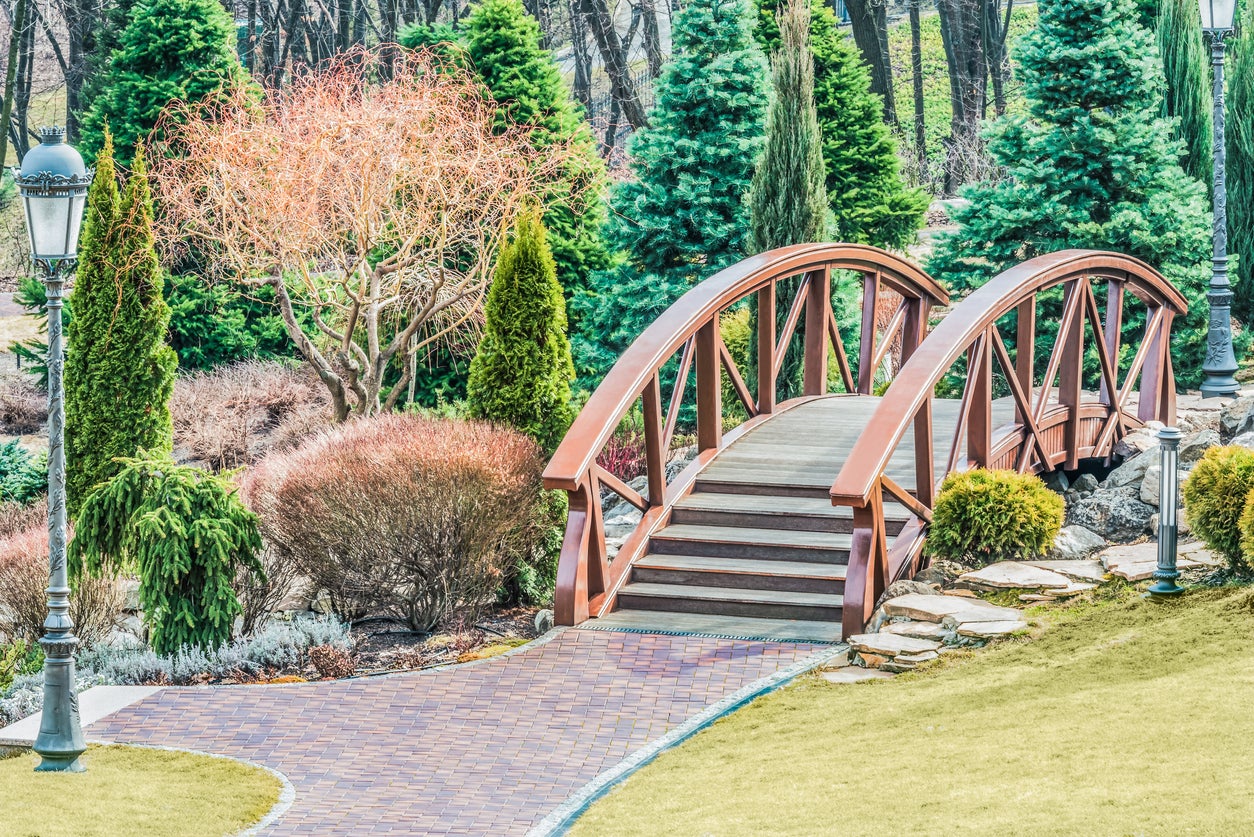What Is A Stroll Garden – How To Make A Stroll Garden At Home


Just because you can take a leisurely walk around a garden doesn’t make it a stroll garden. What is a stroll garden? Japanese stroll gardens are outdoor spaces where the design allows a visitor the anticipation and slow discovery of beauty. If you would like more information about stroll gardens, read on for some stroll garden ideas. We’ll also give you tips on how to make a stroll garden of your own.
What is a Stroll Garden?
If a stroll garden was simply a garden you could walk through, every garden would qualify. Instead, Japanese stroll gardens are outdoor areas designed with a different intent than most gardens.
The Japanese apparently got their initial stroll garden ideas from the Chinese who developed two sorts of gardens, gardens to foster spiritual development and gardens to provide pleasure. The Japanese made two similar types of gardens often identified as Zen gardens and stroll gardens.
Stroll Garden Ideas
The idea behind Japanese stroll gardens is to create spaces where, by walking in a leisurely fashion along a carefully constructed path, you discover points of beautiful and surprising vistas. New perspectives are hidden around bends, between bushes, or up rises, anticipated, yet a delight each time.
In Japan, these perspectives often include scenes that evoke famous areas of natural beauty, like Mount Fuji, the famous coastal spot of Amanohashidate, or the Oi River near Kyoto. The sites are not miniaturized models that reproduce the details of the original, but rather elements that bring the viewer the sense of beauty found there.
For example, the actual Amanohashidate is a narrow, pine-filled peninsula on a wide bay. To evoke it, those designing a stroll garden might include one sole pine planted on land extending into a pond.
How to Make a Stroll Garden
If you are interested in designing a stroll garden in your own backyard, the central element is the pathway meandering around a feature like a pond. In keeping with stroll garden ideas, someone who strolls along the pathway should feel that he or she is embarking on a voyage.
Gardening tips, videos, info and more delivered right to your inbox!
Sign up for the Gardening Know How newsletter today and receive a free copy of our e-book "How to Grow Delicious Tomatoes".
You can control the stroller’s experience in a variety of ways. For example, if you select an easy-to-walk surface for your pathway, a person can move along at quite a clip. However, if you wish them to slow down to appreciate a particular perspective or element, you can use small stepping stones where a stroller must concentrate to stay on the path.
Remember that discovery is a key element too. The focal points you wish a visitor to enjoy should not be entirely visible from any other point, but should be experienced as part of the walk.
You need not include Mt Fuji (or similar famous scenes) in your personal stroll garden. When you are designing a stroll garden, focus on your garden's own special element, like a dramatic plant, a distant vista, or a sculpture.
Indeed, gardeners can build Japanese stroll gardens around one sole element, like a pond, the view of which appears then disappears, but then reappears in a different context as the stroller makes his or her way down the path. Just be sure that only one focal point at a time is visible to the viewer.

Teo Spengler is a master gardener and a docent at the San Francisco Botanical Garden, where she hosts public tours. She has studied horticulture and written about nature, trees, plants, and gardening for more than two decades. Her extended family includes some 30 houseplants and hundreds of outdoor plants, including 250 trees, which are her main passion. Spengler currently splits her life between San Francisco and the French Basque Country, though she was raised in Alaska, giving her experience of gardening in a range of climates.
-
 Grow ‘Karl Rosenfield’ Peony Plants For The Ultimate Frilly Border Beauties And Cut Flowers
Grow ‘Karl Rosenfield’ Peony Plants For The Ultimate Frilly Border Beauties And Cut FlowersFor frilly double magenta peony petals infused with a heady fragrance, grow ‘Karl Rosenfield’ peony plants. Here’s how to cultivate the ultimate plushy blooms
By Tonya Barnett
-
 10 Common Composting Problems That Can Spoil Your Garden Gold – Plus Easy Fixes
10 Common Composting Problems That Can Spoil Your Garden Gold – Plus Easy FixesLearn how to troubleshoot common composting issues before they ruin your stash – from bad smells and bugs to materials not breaking down as they should.
By Susan Albert